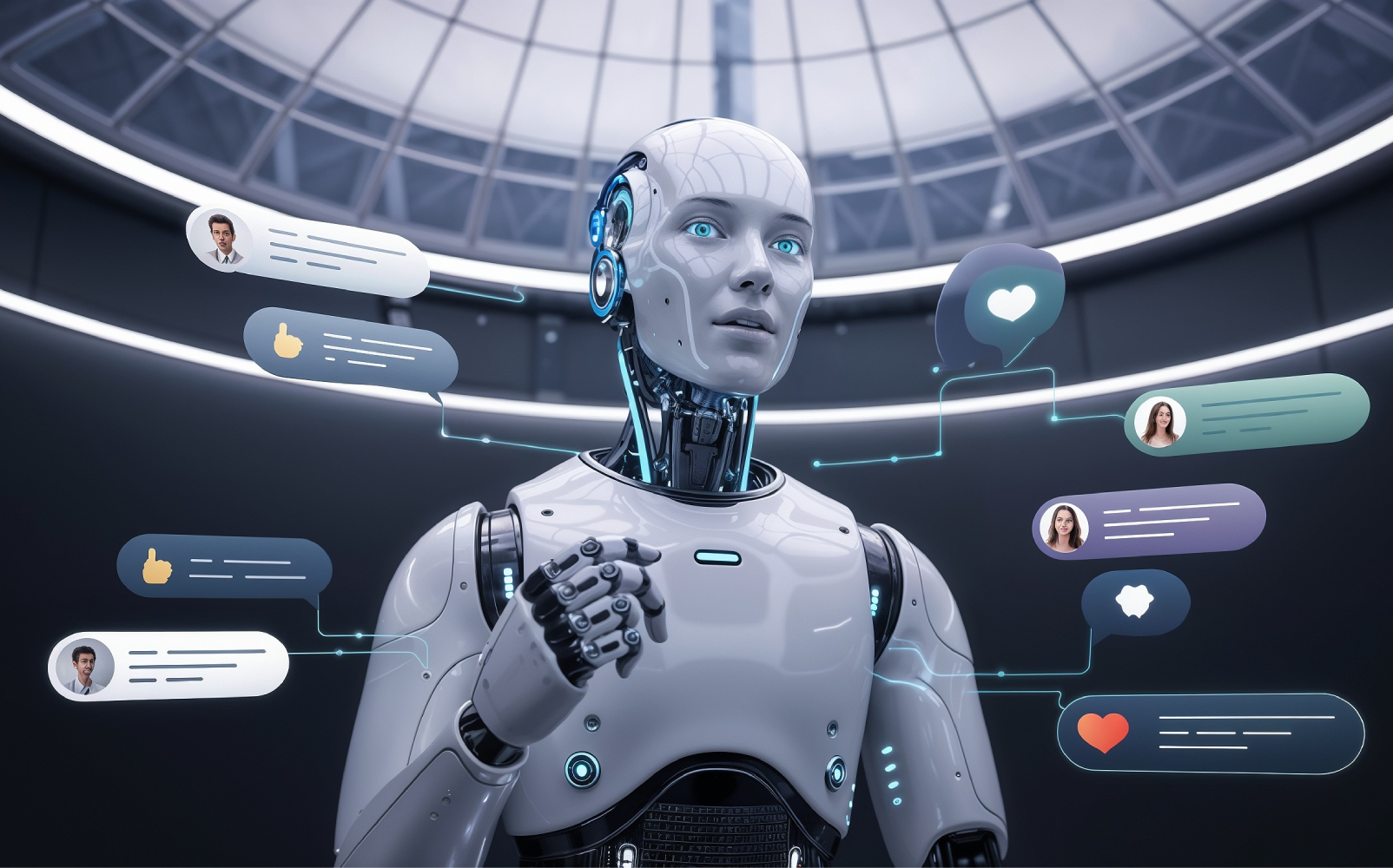The Evolution of AI Chatbots
In the rapidly advancing landscape of digital interaction, chatbots have emerged as a transformative technology, reshaping how businesses communicate with their customers. From their humble beginnings as simple script-based programs to today's sophisticated AI-driven assistants, chatbots have come a long way. As we stand on the brink of even more revolutionary developments in this field, it's crucial to understand the journey of chatbots and their impact on customer service, marketing, and user experience.
What are Chatbots?
Chatbots are computer programs designed to simulate human conversation through text or voice interactions. They can range from simple rule-based systems that follow pre-programmed scripts to advanced AI-powered assistants capable of understanding context, learning from interactions, and providing personalized responses.
The Evolution of Chatbots
- Rule-Based Chatbots (1960s-2000s)
The first generation of chatbots, like ELIZA in the 1960s, used pattern matching and predefined rules to respond to user inputs. These bots were limited in their capabilities but laid the foundation for future developments.
- AI-Enhanced Chatbots (2000s-2010s)
With advancements in natural language processing (NLP) and machine learning, chatbots have become more sophisticated. They could understand user intent better and provide more relevant responses.
- Virtual Assistants (2010s-Present)
The rise of virtual assistants like Siri, Alexa, and Google Assistant brought chatbot technology into everyday life, showcasing the potential of voice-activated AI.
- Conversational AI (Present-Future)
Today's most advanced chatbots use deep learning and neural networks to understand context, remember previous interactions, and even anticipate user needs.
Why Chatbots Matter in Today's Digital Landscape :
- 24/7 Customer Service
Chatbots provide round-the-clock support, addressing customer queries instantly without human intervention.
- Cost Efficiency
By automating routine inquiries, chatbots can significantly reduce customer service costs for businesses.
- Scalability
Chatbots can handle multiple conversations simultaneously, allowing businesses to scale their customer interactions effortlessly.
- Data Collection and Analysis
Interactions with chatbots provide valuable insights into customer behaviour and preferences.
- Personalized User Experience
Advanced chatbots can offer personalized recommendations and support based on user history and preferences.
Key Features of Modern Chatbots
- Natural Language Understanding: Ability to comprehend user intent regardless of phrasing.
- Contextual Awareness: Remembering previous interactions to maintain coherent conversations.
- Multi-lingual Support: Communicating in various languages to serve a global audience.
- Omnichannel Integration: Seamlessly operating across different platforms (website, social media, messaging apps).
- Sentiment Analysis: Detecting user emotions to adjust responses appropriately.
- Learning Capabilities: Improving responses over time based on interactions.
Implementing Chatbots in Your Business
- Identify Use Cases: Determine where chatbots can add the most value in your customer journey.
- Choose the Right Technology: Decide between rule-based or AI-powered solutions based on your needs.
- Design Conversational Flows: Create natural, engaging conversation paths for various scenarios.
- Integrate with Existing Systems: Ensure your chatbot can access necessary data from your CRM, knowledge base, etc.
- Train and Test: Continuously train your chatbot with real conversation data and test thoroughly before deployment.
- Monitor and Optimize: Regularly analyze chatbot performance and user feedback for improvements.
Challenges and Considerations
- Maintaining the Human Touch: Ensuring chatbots don't feel too robotic or impersonal.
- Handling Complex Queries: Knowing when to escalate to human agents for intricate issues.
- Data Privacy and Security: Protecting user information collected during chatbot interactions.
- Managing User Expectations: Communicating the capabilities and limitations of your chatbot.
Conclusion
The evolution of chatbots represents a significant shift in how businesses interact with their customers. From simple scripted responses to AI-powered conversationalists, chatbots have become integral to the digital customer experience. As we look to the future, the continued advancement of chatbot technology promises even more seamless, personalized, and efficient interactions. For businesses, embracing this technology isn't just about staying current—it's about preparing for a future where AI-driven conversation is the norm in customer engagement. The chatbot revolution is here, transforming the very nature of digital communication.
"As they grow smarter, they don't replace human connection—they enhance it, creating a symphony of artificial intelligence and human empathy."


